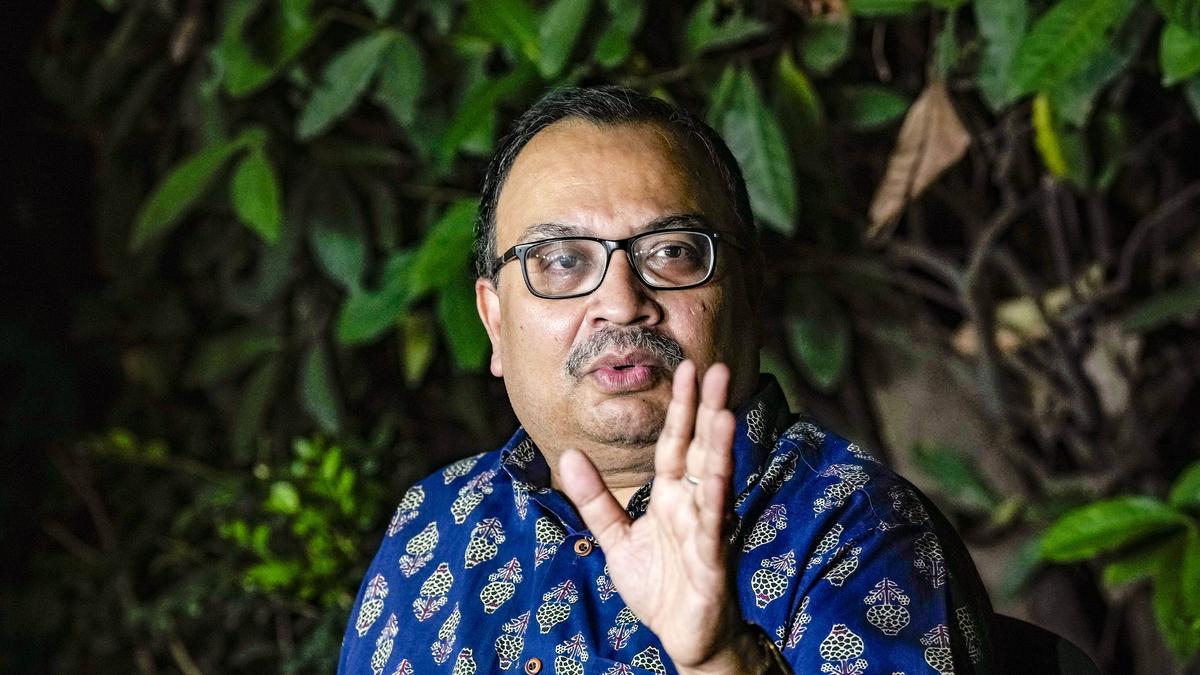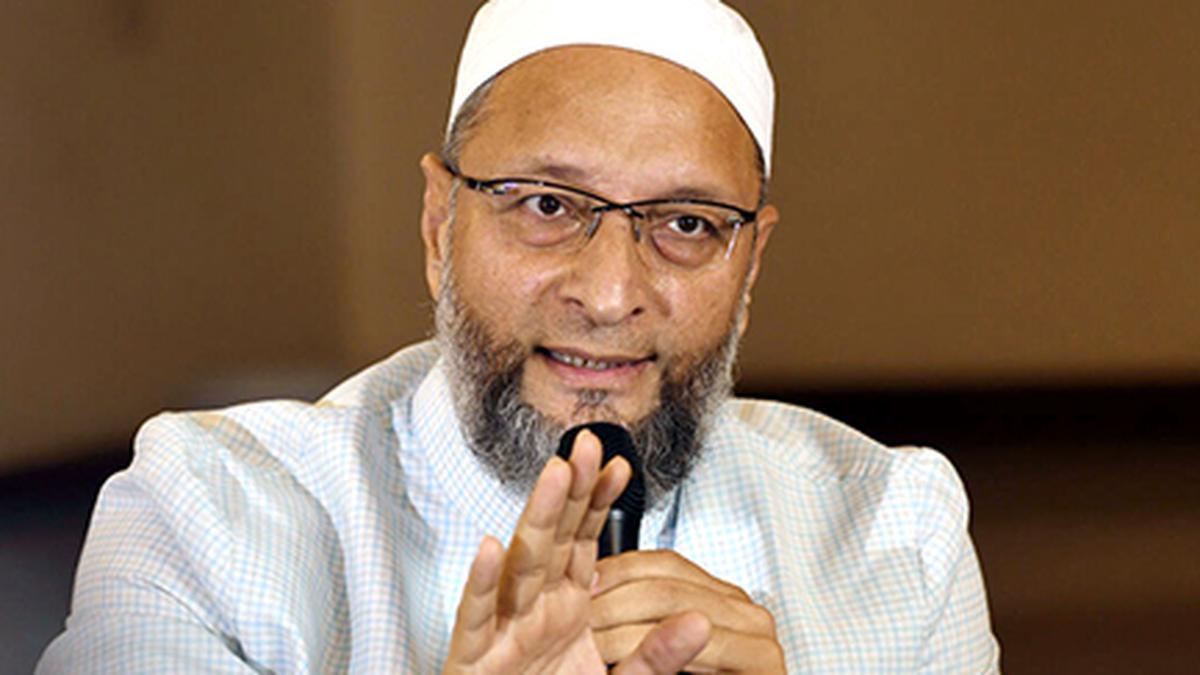“I am a driver and my daughter is six and has to be admitted to class 1. I was hoping my daughter would enrol in a good private school through the RTE (Right To Education) Act quota. But no private schools in our ward are covered under RTE this year. I cannot afford the private school fees. I don’t know what to do,” Nagaraj, a parent from Banashankari in south Bengaluru, said, feeling disappointed and helpless.
Among the most debated provisions of the RTE Act is setting aside 25% of seats in private schools for children belonging to weaker sections and disadvantaged groups. While the legislation promised free and compulsory education for all children until the completion of elementary schooling, this specific provision also opened the doors of private schools for children from all sections. The Act was enacted in 2009, and the rules for the Act were framed and implemented in Karnataka from April 28, 2012.
Under this system, the Department of School Education and Literacy (DSEL) invites applications from eligible candidates for the selection of RTE seats, which are allocated through a lottery system. However, one can apply for RTE seats only within the neighbourhood or ward, with specified distance criteria. The government reimburses the children’s fees. In the academic year 2018-19, a total of 14,000 private schools across Karnataka had to give 1,20,055 RTE quota seats.
Decline in number of seats
However, it all changed when some rules under the Act were amended in 2018. Rule 4 was changed, which meant that if there is a government or a government-aided school within the limits of any ward or neighbourhood, private unaided schools are not recognised as “neighbourhood schools” where seats should be made available under the RTE quota. The amended Act came into force on January 30, 2019.
Since then, the number of seats available in private schools has steadily declined. In 2019-20, the number of RTE schools in Karnataka fell to 268, and the number of RTE seats decreased to 14,372. Only 4,699 students enrolled in schools.
In Bengaluru, after the amendment of the RTE Act, only 27 private schools came under RTE, especially in Girinagar and Ganesh Mandir wards. After delimitation in 2022, the number of schools declined to four. After the delimitation of wards in 2023, these four schools were also exempted from RTE.
Thus, in the academic year 2024-25, there isn’t a single private school in Bengaluru that can give RTE quota seats. That is because, after the latest delimitation of wards, all wards have government or aided schools within the prescribed distance criteria.
For 2024-25, as always, DSEL invited online applications from eligible candidates RTE Act, but no private school showed up on the list. This is what has left parents like Nagaraj distraught, who see English medium education in a private school as a window of opportunity for upward mobility.
There are over 3,500 private schools in Bengaluru, which has two educational districts — North and South — and no schools here will enrol children under the RTE Act in 2024-25. Besides government schools, only 172 government-aided private schools are covered under the RTE Act this year.
“Although there are many private schools in my neighbourhood, they are not covered by the RTE Act. There is only one government-aided school in our jurisdiction. I want to enrol my son in LKG, and I have applied to this school because it is close to my house,” said another parent, Niranjan Murthy, from Jayanagar in south Bengaluru, who is not sure of getting a seat even there.
Since 2019-20, most seats have been available only in aided schools under RTE, and parents are reluctant to enrol their children in these schools. So, many RTE quota seats remain vacant.
Many child rights activists who have been involved in helping parents get access to RTE seats have also noticed the decline in interest. “I used to get 25 calls every day before the amendment from parents seeking advice about RTE, application process, etc. Now, I rarely get any calls. No one is interested in these seats anymore,” noted Nagasimha G. Rao, Director, Child Rights Trust.
He added, “Parents want private schools with good facilities. Once they see what is being offered in such schools, they do not feel like sending their children to government or aided schools. The only ones who are still seeking RTE seats in government-aided schools are those parents who do not know what aided schools are. There is also the problem of some aided schools pressuring parents to pay fees under various heads, which leads to them pulling their children out of such schools. I have seen a few such cases.”
“Last year, RTE seats were available in four private schools in the city. However, after the delimitation of BBMP wards in 2023, these four schools are also out of RTE coverage. Dreams of thousands of deserving poor students who wish to study in private schools have vanished,” said B.N. Yogananda, General Secretary of RTE Students’ and Parents’ Association. The Association has gone to court on this issue. While the High Court of Karnataka upheld the decision of the government to amend rules, it has been further challenged in the Supreme Court where the case is still pending.
A senior official of the Department of School Education and Literacy (DSEL) admitted that this year, there won’t be a single private school under RTE in Bengaluru North or South Educational Districts. Speaking to The Hindu, B.B. Cauvery, Commissioner of the Department of Public Instruction, said they had received many complaints in this regard. “Many parents have complained about this issue to the department. So, we will submit the report in this regard to the government,” she said.

While parents in Bengaluru have the option to at least opt for aided schools, those in several other districts only have government schools now for RTE admissions. | Photo Credit: BHAGYA PRAKASH K.
Why the new rule
Ever since the quota system in private schools was ushered in under the RTE Act, there have been allegations that enrolment of students in government, government-aided, and Kannada medium schools had declined, owing to parents’ eagerness to educate their children in private, English-medium schools. The Kannada Development Authority also gave a report to the State government on this issue. In addition, the government had to reimburse private schools with ₹1,600 crore annually for the education of RTE quota children.
In light of these issues, the government decided to amend the RTE Act in 2017. Though the then-Congress government abandoned the amendment in the face of strong opposition from parents, in 2018, the Congress-JD (S) coalition government amended it.
“By 2016-17, around 4.5 lakh students were studying from classes 1 to 8 under the RTE Act. We felt that spending ₹1,600 crore on only 25% of seats in a handful of English medium schools was skewed when the same resources could be used for upgrading and improving schools in general. At the same time, the enrollment in government, aided, and Kannada medium schools had declined,” said V.P. Niranjanaradhya, developmental educationist and a member of the then Kannada Development Authority.
It was also alleged that some private schools were behind the amendment of the RTE Act, as many had initially refused to offer RTE seats. The government’s reimbursement fee is no match for the amount they collect from parents whose children enrol through the regular admission process. There were also allegations of discrimination against RTE quota children in some schools, given their class and caste backgrounds.
While parents in Bengaluru have the option to at least opt for aided schools, those in several other districts only have government schools now for RTE admissions. Kalappa Naik (name changed), a private school teacher in a village in Yadgir district and the father of three children, questioned why his children should not sit with the children of the elite and get good quality education in a private school under the RTE quota.
“It often feels like the focus in government schools is only on things like bisi oota (mid-day meals) and implementation of government schemes rather than education. The government’s amendment to the RTE Act snatched away the opportunity to get quality education from many children like mine,” Naik said. While one of his children has finished schooling until the 9th grade under the RTE quota, he has now admitted his younger ones to private schools, even though it burdens him financially, since the RTE quota is no longer an option.
Differing on this issue, a DSEL official said, “Most of the government and aided schools have good infrastructure and provide quality education. We are also serving midday meals to all the children and providing shoes, socks and books. Our teachers are very well qualified, compared to the private schools. So, parents should not be fooled by the building and fancy infrastructure of private schools.”
What government can do
How can a balance be achieved between Naik’s aspirations for his children to study in private schools and the need to nourish government schools and ensure fair funding for education in general?
Suggests Niranjanaradhya, “On the model of the Delhi Education Act, 1973, the State government should issue an order to provide 25% of the seats to poor children in that neighbourhood if the Bengaluru Development Authority allocates the Civic Amenity sites or land is given on lease to private educational institutions by the government or other local bodies. No government should pay for these seats. This will fulfil the real intent of the RTE Act. This way even poor children will get an opportunity to study in elite schools.”

 1 week ago
90
1 week ago
90



